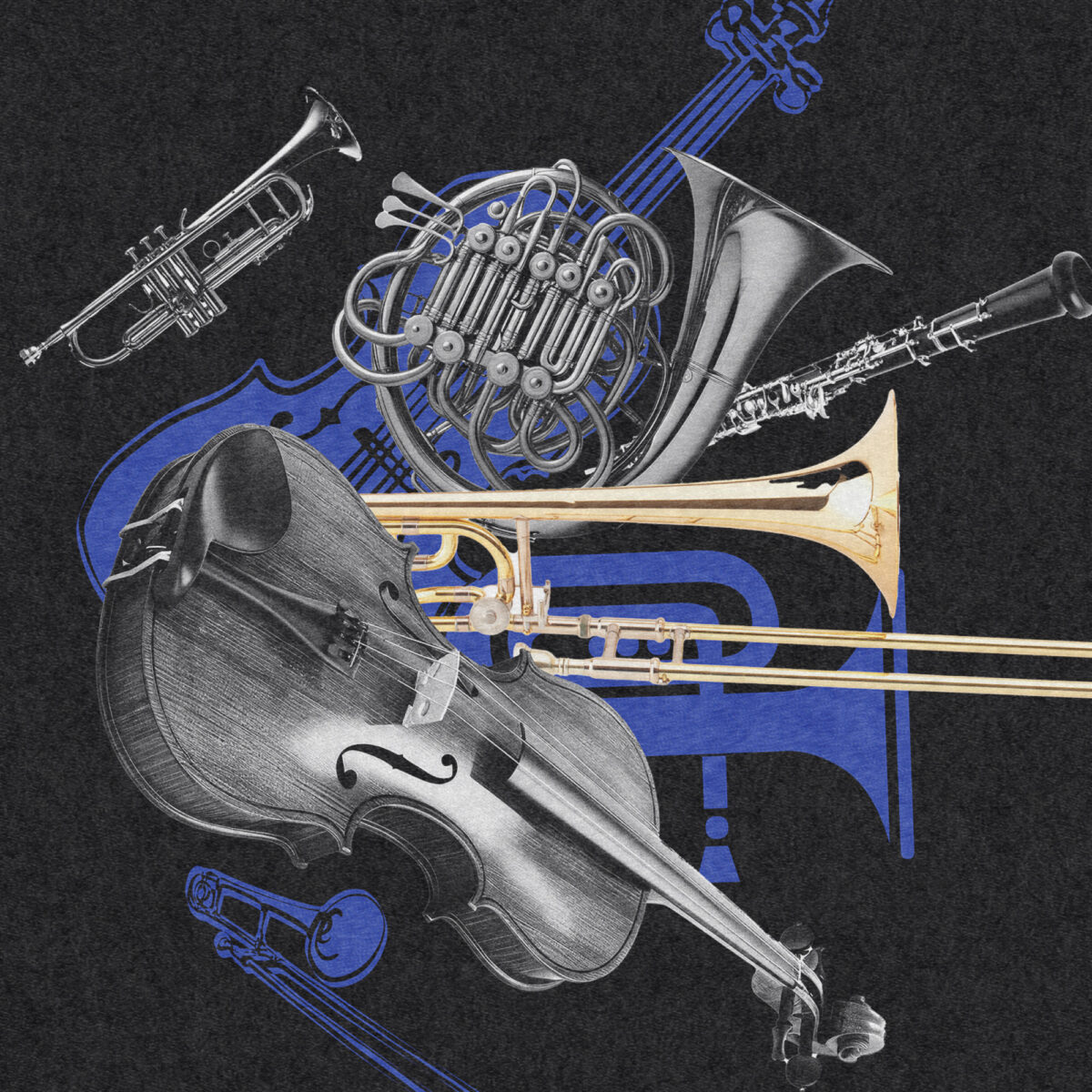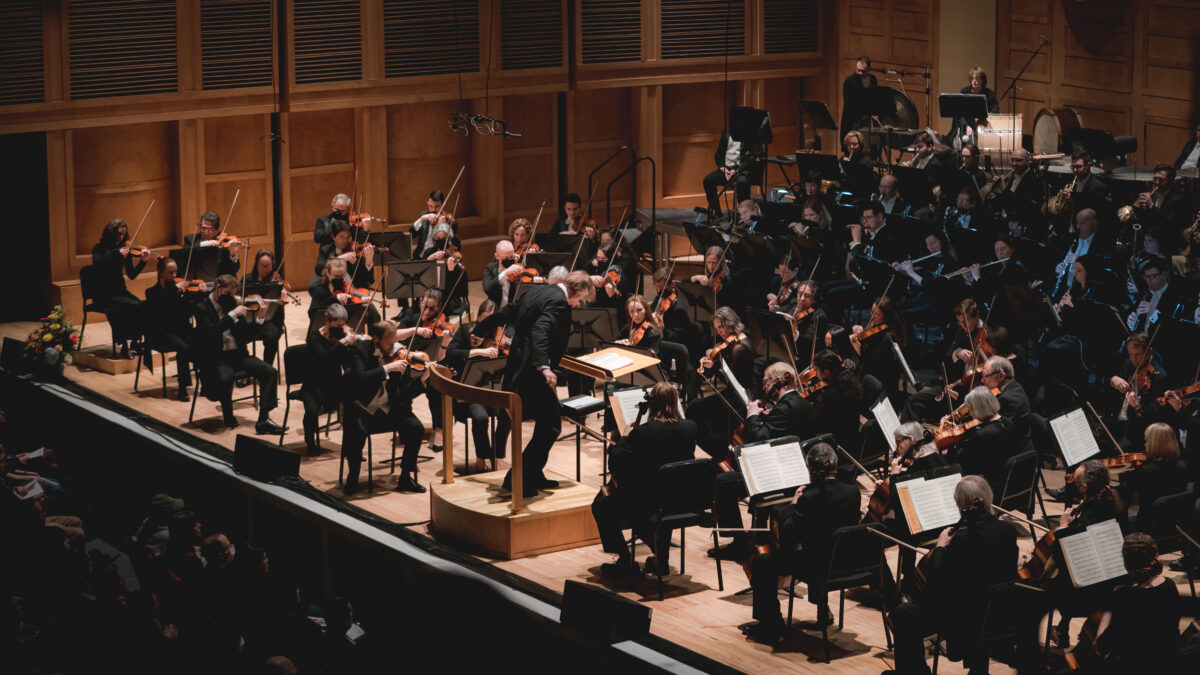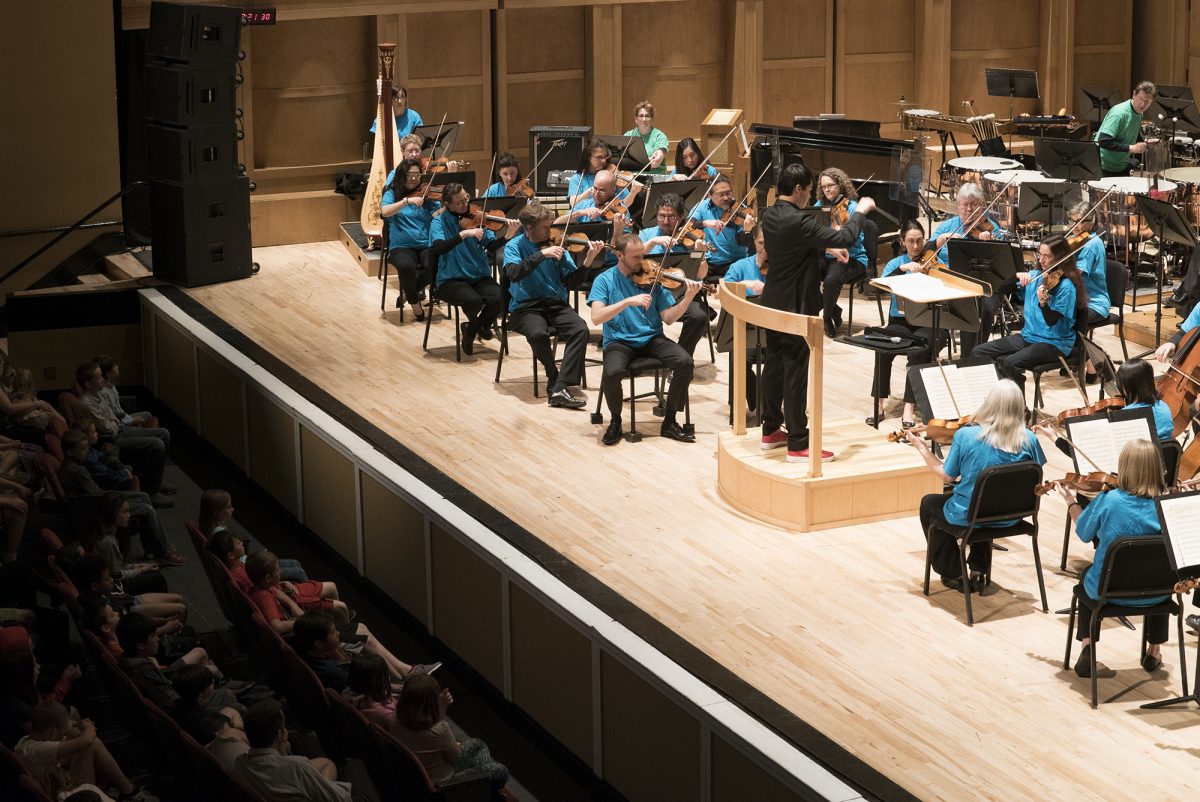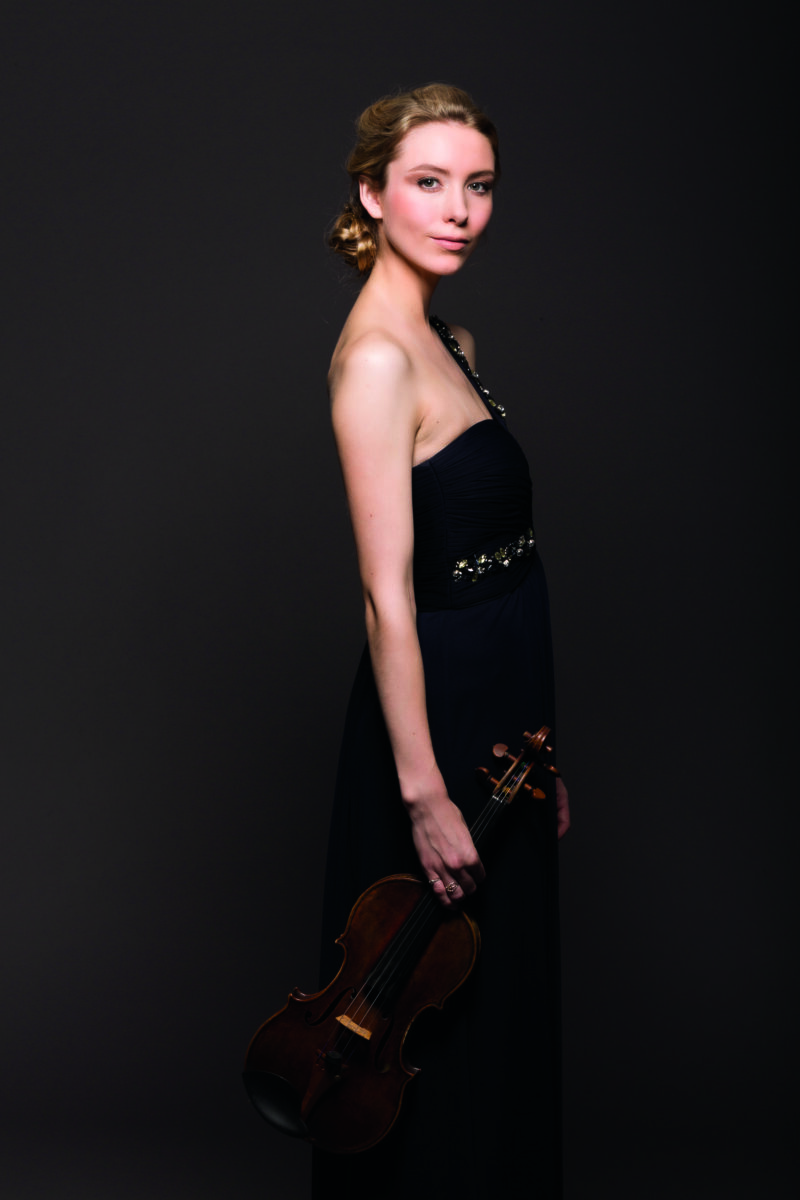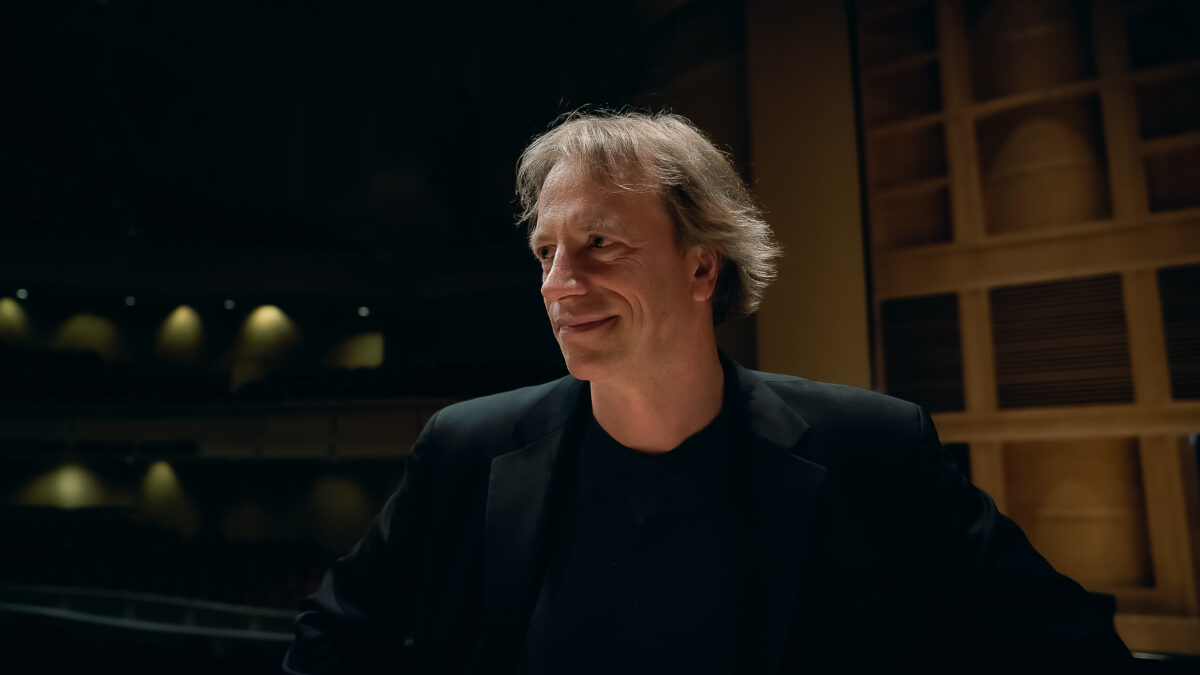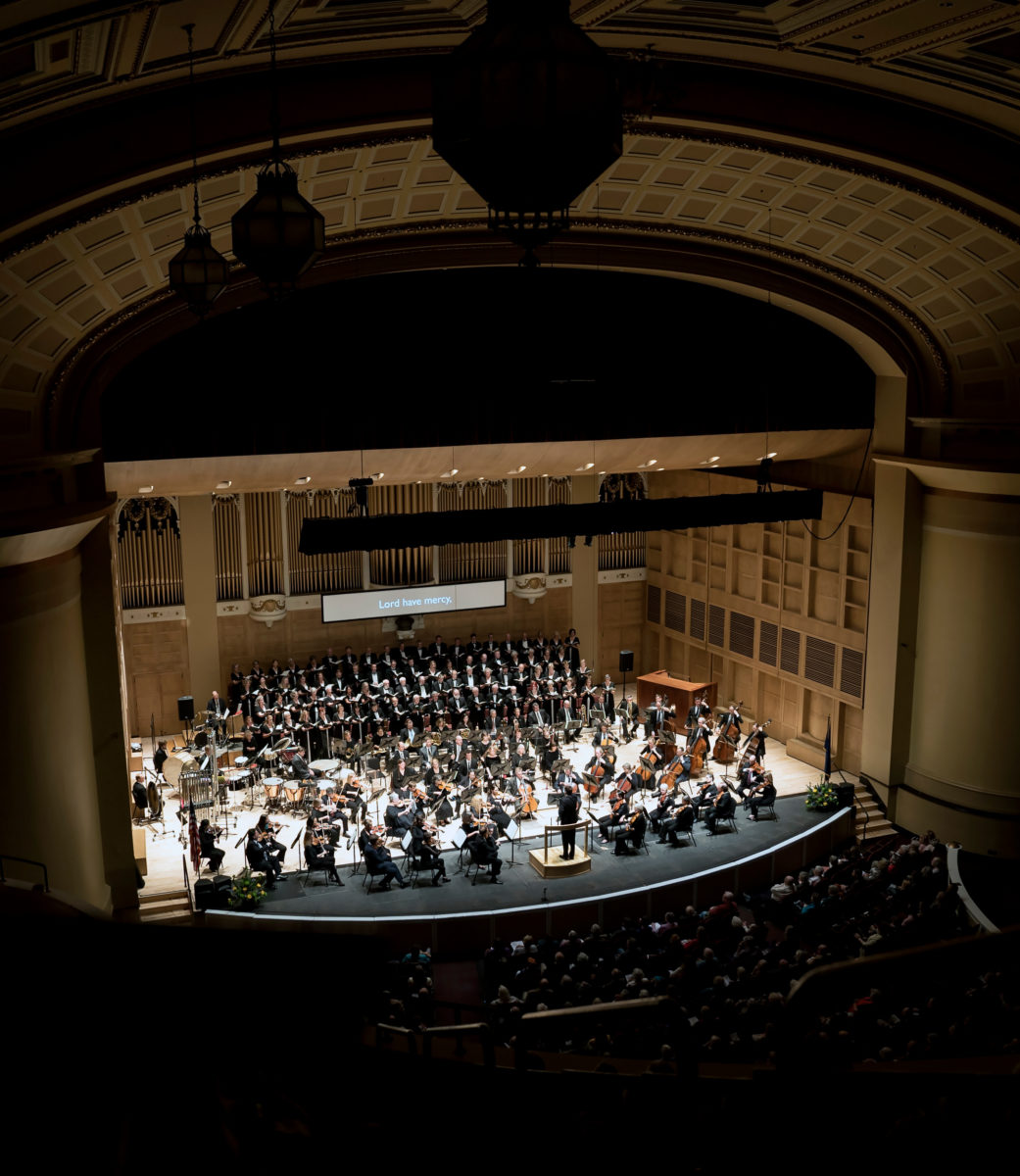Romantic Tchaikovsky Program Notes
Rachel Carson (1907 –1964), the American marine biologist, environmentalist and author, built a cottage on Southport Island, Maine in 1953. She spent countless summer hours exploring tidal pools, the evolving shoreline, the woods, plants and animals at all hours of the day and night, the ever changing patterns of life – all touched by the sea. There she also wrote The Edge of the Sea describing in exacting and gorgeous detail some of the habitats and inhabitants of the shoreline at several coastal locations along the Eastern Seaboard. In her singularly straightforward, reverent and deeply poetic style she captured and conveyed in words her sense of wonder at the natural world as well as her concern about the impact of modern civilization on the seas and climate. She wrote with an arresting blend of intimacy and awe.
Preliminary research for and writing of her book Silent Spring happened on Southport Island as well. Originally serialized in the New Yorker magazine, the piece spelled out in alarming detail the impact inherent in the widespread use of pesticides extending far beyond the initial application on agricultural crops. She described in simple terms the increasingly devastating effect as well on birds, other animals, water, soil and eventually, mankind. Silent Spring, a bestseller, grabbed public attention and became one of the singularly most influential environmental books of the 20th century. It called for a fundamental shift in human civilization’s view of the natural world –– highlighting the interconnectedness of all living things and calling for the preservation of the balance of nature. In her work Carson described and illustrated both the close, careful look and the wide, prophetic view. She encouraged wonder. She warned that man’s war on the natural world threatened life itself – 65 years ago.
I thought about her as I was writing this music.
In a speech to the American Association for the Advancement of Science in 1953, Rachel Carson referred to the foundational truth that nothing “lives to itself.” In The Edge of the Sea she animated shore life down to the most minute components and showed that no thing, not a drop of water or grain of sand, lives to itself. Later, in Silent Spring she wrote again how nothing “lives alone.” A very private woman, her insistent voice created a cascade of concern and awareness spurring a call to action to protect the natural world, our home. Today Greta Thunberg, another singular voice, has similarly stirred everyday people to look at the state of the climate with an unequivocal gaze, and act.
In 2003 I wrote a song cycle called “O, Say a Sunset” inspired by Rachel Carson. The piece was performed with film, actors and a chamber ensemble across the United States. When I recalled that Carson spent summers so near to Portland, I was eager to revisit her life and work for this commission from the Portland Symphony Orchestra. In this piece you will not hear pounding waves, wheeling birds or the changeable wind, but rather the spirit of intersecting lines and forms, evoking an environment of complexity and simultaneously, simplicity. No Thing Lives to Itself.
I would like to thank the following for their enormous support: The Virginia B. Toulmin Foundation, The Portland Symphony Orchestra, The League of American Orchestras, The American Composers Orchestra and my husband Wayne Horvitz.
– Robin Holcomb
********
Camille Saint-Saëns
Concerto for Piano & Orchestra No. 2 in G minor, Op. 22
Saint-Saëns was born in Paris in 1835 died in Algiers, Algeria in 1921. He composed this work in 1868 and was the soloist at the premiere performance the same year under the direction of Anton Rubinstein. The score calls for solo piano, 2 flutes, 2 oboes, 2 clarinets, 2 bassoons, 2 horns, 2 trumpets, timpani, and strings.
*****
Contemporary descriptions of Saint-Saëns’ piano playing sound a lot like a description of his music: mercurial, technically assured, sparkling in tone and clarity, rarely giving in to Romantic excess. Saint-Saëns himself appeared as the soloist for the premieres of all his piano concertos; for this one, he sorely wished he had had more time to practice.
Saint-Saëns had been the conductor for a series of concerts in Paris featuring the renowned Russian pianist Anton Rubinstein. Near the end of the run, Rubinstein told Saint-Saëns that he would like to conduct a concert, too, and perhaps Saint-Saëns would compose a new concerto and appear as soloist? Saint-Saëns agreed, but time was short. He composed the work in just three weeks, but even that left almost no time to practice the difficult piano part. “I played very badly,” he said, “and except for the Scherzo, which was an immediate success, it did not go well. The general opinion was that the first part lacked coherence and the finale was a complete failure.” The “general opinion” has since changed: now this concerto is one of the most popular ever composed.
The work begins with piano alone, much in the manner of a Bach prelude, but before long the soloist is ranging up and down the keyboard in thunderous arpeggios, as Romantic as can be. The orchestra remains (mostly) in the background, as the piano leads the movement through passages of heavenly beauty spiked with moments of intense and passionate fury.
The dance-like Scherzo begins with a surprising solo in the timpani, then launches a sprightly rondo of unsurpassed elegance and good cheer. The timpani returns at the end to reinforce the smile it put on our faces at the beginning.
The Finale recaptures the fire of the first movement, but without its periods of relaxation—this movement dazzles relentlessly as it races for the finish.
It’s hard to imagine music like this being faulted as “too conservative,” but it was. Saint-Saëns was considered to be old-fashioned in his own time, and no worse fate can befall a composer. Nowadays we take his alleged faults for virtues, and without an ounce of embarrassment.
– Mark Rohr
********
Peter Ilyich Tchaikovsky
Symphony No. 2 in C minor, Op. 17, “Little Russian”
Peter Ilyich Tchaikovsky was born in Votkinsk, Russia in 1840 and died in St. Petersburg in 1893. He composed his Second Symphony in 1872 and revised the work in 1880. It was first performed in Moscow in 1873 by the Imperial Music Society led by Nicolai Rubinstein; the revised version was first performed in 1881. The score calls for 3 flutes, piccolo, 2 oboes, 2 clarinets, 2 bassoons, 4 horns, 2 trumpets, 3 trombones, tuba, timpani, percussion, and strings.
*****
Tchaikovsky, that most Russian of Russian composers, was derided in his own time for writing music that was too Western, too much under the spell of German and Italian styles, and simply not Russian enough. His “Little Russian” Symphony caused a brief cessation of hostilities from those who held this view, but Tchaikovsky continued to follow his own way much to their chagrin. For us, the symphony—rarely performed, for no apparent reason—gives us a charming, early glimpse of the Tchaikovsky yet to come.
The nickname “Little Russian” was given to the symphony by Tchaikovsky’s friend Nicholas Kashkin three years after the composer’s death. In those days what we call the Ukraine was known as Little Russia—much to the Ukrainians’ annoyance, it should be said—and it is the presence of Ukrainian folk songs throughout the symphony that inspired the title and quieted the critics.
The first of these Ukrainian melodies is heard in the introduction of the first movement: the melancholy horn solo comes from the folk song “Down by the Mother Volga.” This long introduction is nearly an exposition unto itself; Tchaikovsky seemed to think so, too, because after the Allegro’s agitated main theme and lyrical second, the “Volga” theme dominates the development and returns to close the movement.
The second movement takes its theme from the stately wedding march in the last act of his unpublished opera Ondine. Soft timpani strokes are bookends to this theme and a bittersweet tune that is full of longing.
The Scherzo is full of off-kilter rhythms, irregular phrases, and other musical mischief. The theme of the Trio comes from the Ukrainian folk song “Sell, darling, the whip, buy me boots instead.”
After a grandiose and brassy introduction the Finale takes off with variations on the song “The Crane.” What follows is sheer orchestral brilliance, full of high spirits and good cheer.
– Mark Rohr
Mark Rohr was the Portland Symphony Orchestra’s Bass Trombonist from the mid-1980’s and program annotator from 1991 until his passing in 2019. We are privileged to continue publishing his program notes at his bequest.







